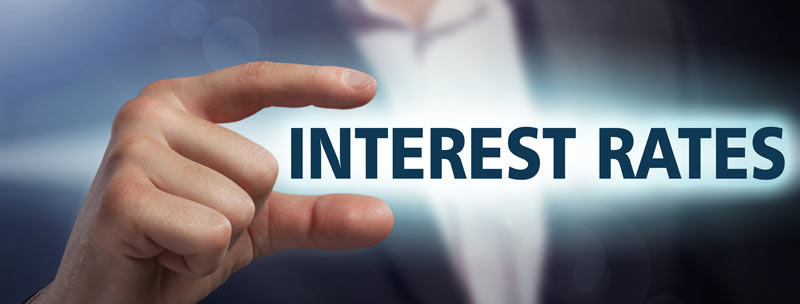Welcome to our first edition of Referrer News for 2016, where we will continue with our series of market commentary from one of New Zealand's top financial journalists, Bernard Hickey.
2016 has already been the year of the rate cut overseas and is looking increasingly like it in New Zealand too.
Dairy prices also fell sharply in January and February, increasing the pressure on dairy farmers, their banks and the regional economies of Waikato, Taranaki, Canterbury and Southland. The pressure is also mounting on the Reserve Bank of New Zealand after the Consumer Price Index fell 0.4% in the December quarter and the New Zealand dollar was 4% higher than the bank’s forecasts mid-way through the March quarter.. That further reduced inflationary pressures that had previously prevented the bank from cutting the Official Cash Rate by more.
Inflation has been below the Reserve Bank’s 1-3% target band for more than a year and below the 2% midpoint that Governor Graeme Wheeler has agreed to target for more than four years. Criticism of his performance is growing.
The 70% fall in the oil price over the last 18 months and a stubbornly low amount of pass-through to local prices from the fall in the New Zealand dollar last year is making it even harder for the Reserve Bank to meet its inflation target.
Governor Wheeler argued early in February that he would not take the ‘mechanistic’ approach to interest rates that some of his critics have demanded, saying he remained concerned about the financial stability risks he saw in the Auckland housing market and that core inflation was close to his target.
But the Reserve Bank’s reasons not to cut are rapidly being whittled away by what is happening in the global economy, the Auckland housing market and with local inflation.
Real Estate Institute figures for January showed sales volumes in Auckland fell around 10% in seasonally adjusted terms from December as the Government and Reserve Bank restrictions imposed in October and November filtered through. The stratified median price, which strips out the skew from too many high or low priced houses selling, fell 2.4% in January in Auckland and was down 8.3% from its September peak. The Reserve Bank itself has cautioned against reading too much into December and January figures because the market is not ‘normal’ over these summer months, but the signs are that the Auckland slow-down is more than just momentary.
January’s figures also showed a slow-down in volumes in other markets too, which may give the Reserve Bank more comfort that further cuts won’t just pump more air into what it sees as an already inflated market.
The Reserve Bank also knows that sitting on its hands is not same as leaving monetary policy unchanged because other central banks are cutting their interest rates and the New Zealand dollar is therefore strengthening. Financial market ructions are also increasing the costs of New Zealand bank borrowing overseas, which ANZ has estimated is the equivalent of 25 to 50 basis points of tightening. Both factors have effectively tightened monetary policy since December.
Inflation expectations are also falling in New Zealand. A Reserve Bank survey found expectations for inflation over the next two years fell to a 20-year low of 1.63% in the March quarter from 1.85% in the December quarter. This is important because the Reserve Bank wants to keep expectations ‘anchored’ near its 2% mid-point. Once they start falling, they are hard to turn around.
All these factors mean the drums are beating louder for more rate cuts, possibly as early as March 10. ASB, Westpac, HSBC and First NZ have called for rate cuts in June and August, while BNZ and ANZ agree the risks are skewed towards more rate cuts.
Meanwhile, despite the latest dairy slump and slower global growth, the New Zealand economy is still trucking along with GDP growth of over 2% and jobs growth of 1-2%. A record summer for tourism, robust consumer spending and plenty of construction in Auckland and Christchurch are keeping people working, earning incomes and paying their rents and mortgages. Lower petrol prices, high migration and plenty of equity in house values are helping to fuel spending and jobs.
The bottom line
- Auckland's housing market cooled over the summer, giving the Reserve Bank more comfort that further rate hikes may not pump up prices too much.
- The Reserve Bank may cut the Official Cash Rate as early as March 10, with the chances growing of cuts in June and August to 2.0%.
- The economy is growing at an annual rate of around 2%, due to strong net migration, tourism spending and construction spending in Auckland. Inflation is weak and is not expected to rise much in 2016 and 2017.
Copyright (C) 2013, NZFSG, All rights reserved.



